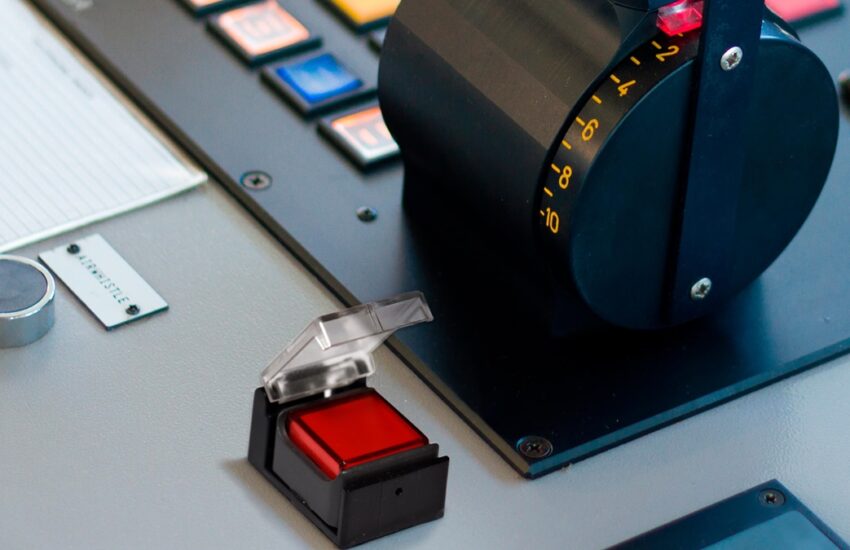One of the great triumphs in process manufacturing has been alarm management. As the industry transitioned to computer-based control systems, they were quick to grasp the dangers posed by the development of mismanaged alarms. Alarm philosophy documents were established in-house by operating enterprises, and transparent pledges to alarm management and alarm rationalization efforts were made. A set of metrics was developed, and they were extensively used.
In the future, companies will also implement secure master alarm databases and management of change (MoC) policies for alarm-related changes. From the operations console through engineering and management, the necessity of good alarm design and alarm system management, as well as the basic principles in accomplishing these, is generally understood in industrial process operating culture today. The process business is meant to work like this.
Despite such progress, the job of alarm management is not yet finished. Alarms have a life cycle that requires some maintenance and auditing on a regular basis. After overcoming the early obstacles, many businesses are unsure of how to proceed. They are hesitant to repeat alarm reasoning, as the five-year audit cycle recommends, but they do want to ensure that their accomplishments and benefits are evergreen.
Working of Safety Instrumented Systems
Alarm and Trip systems are also known as Safety Instrumented systems and it is extremely important to understand their working before proceeding further. The alarm and trip system, also known as the Safety Instrumented System (SIS), has its own sensors, logic, and control elements, and it will take the process to a safe state in the event of a failure, protecting employees, the facility, and the environment. The SIS must be tested on a regular basis to ensure that it is fully working. A second or third SIS system with redundancy can be utilized in conjunction with the first SIS system in an extreme emergency, such as with dangerous chemicals, to ensure as near to 100 percent protection as possible.
The sensors in the SIS are frequently not the same as those used in process control. The control devices are used to detect fluctuating levels in the measured variable, but the SIS sensor is utilised to detect a trip point and will be a far more dependable, tough, and high-reliability device. The use of redundancy in a system cannot be used to justify components with low dependability and low cost.
The dual redundancy system, which comprises the primary SIS and two redundant systems, is the most widely utilized high-performance SIS system. A two-out-of-three logic monitoring system is used to identify whether a single monitor or the entire system has failed in this situation.
Safe failure of alarm systems
There is no such thing as a foolproof system, and failures are certain to happen. The fail-safe strategy, in which each valve is de-energized to a specified fail position, is a sound philosophy. Even with an uninterruptible power system, power wires can be cut, fuses can blow, and cables can break, causing power to be shut off. In some circumstances, however, this strategy is not practicable, and additional protections are required to ensure safety if the SIS fails.
The alarm system must be tested on a regular basis to detect any faults or possible failures that need to be addressed. The relevance of testing in SIS applications cannot be overstated. During testing, an SIS must be able to identify a malfunction of the logic, measurement device, and final alarms because it is meant to detect dangerous circumstances. The SIS’s needs and testability must be considered throughout the system design phase.

